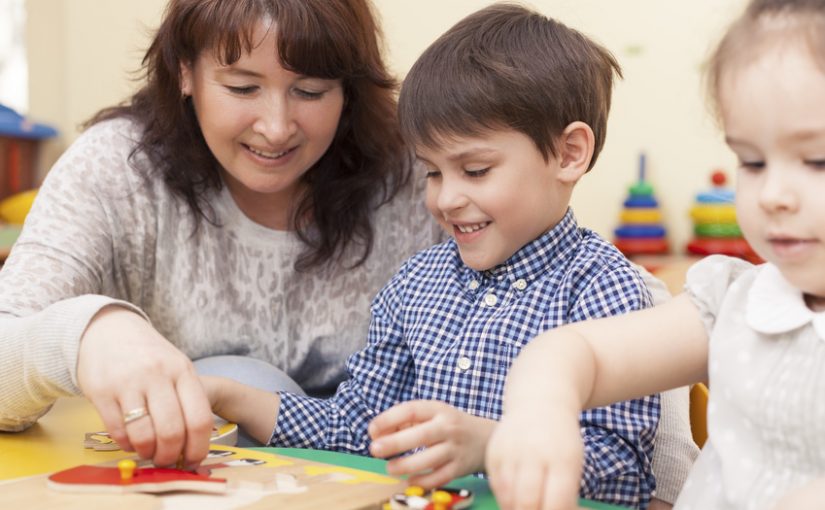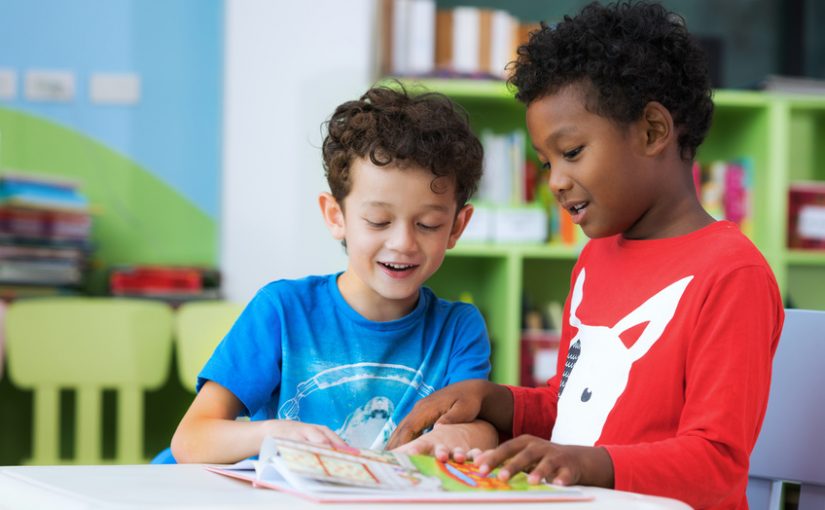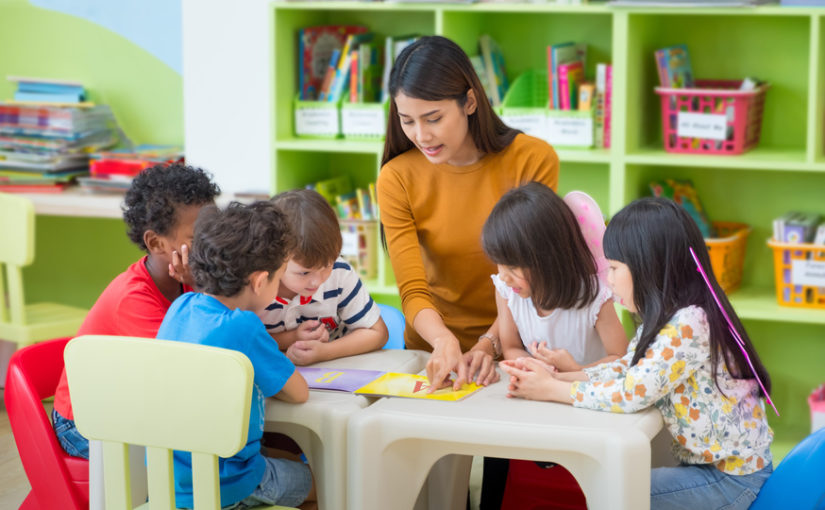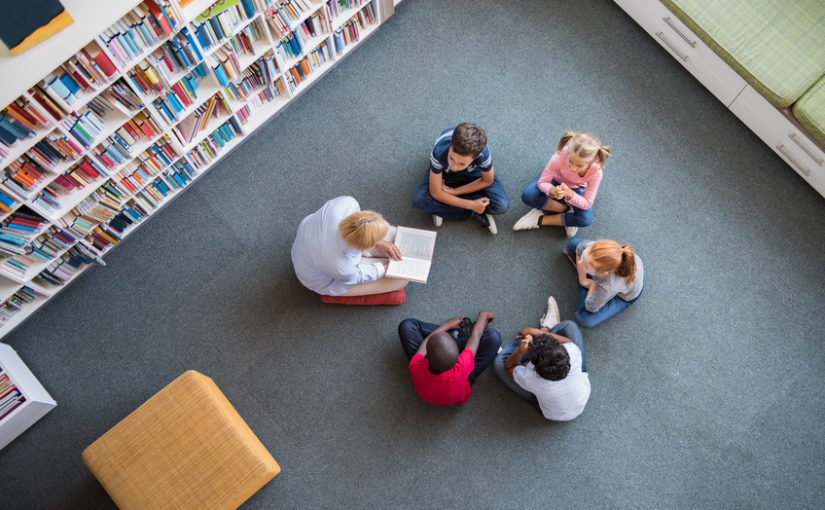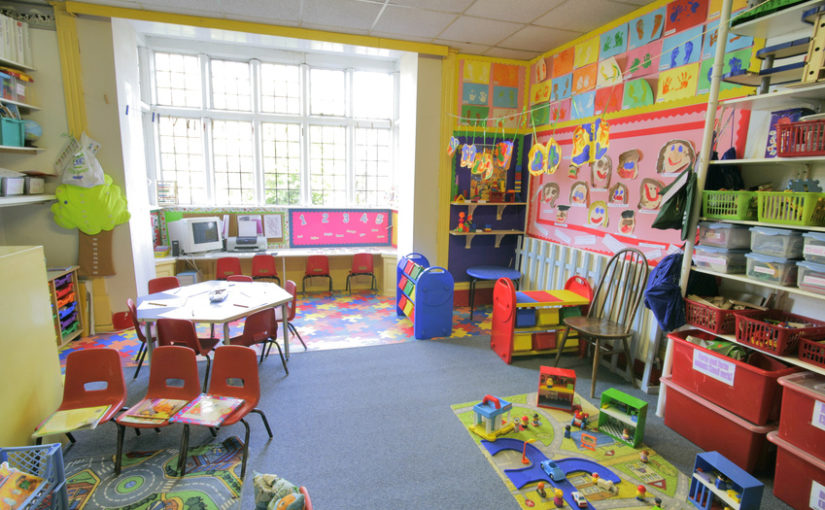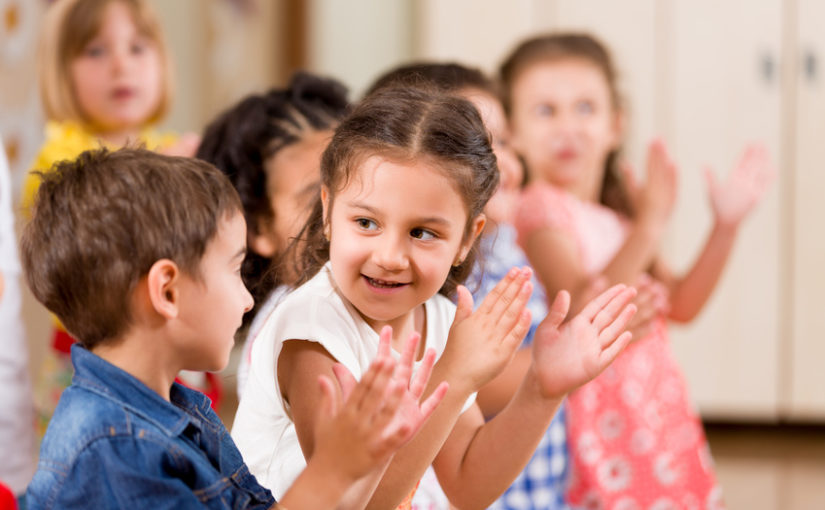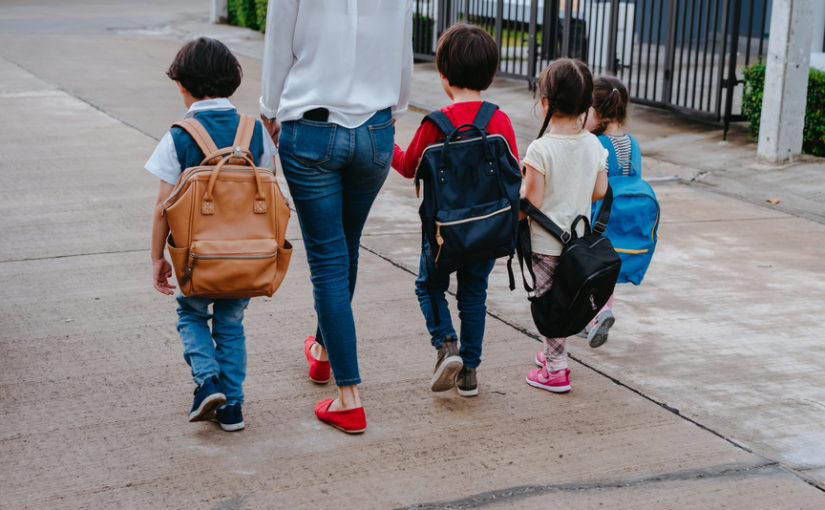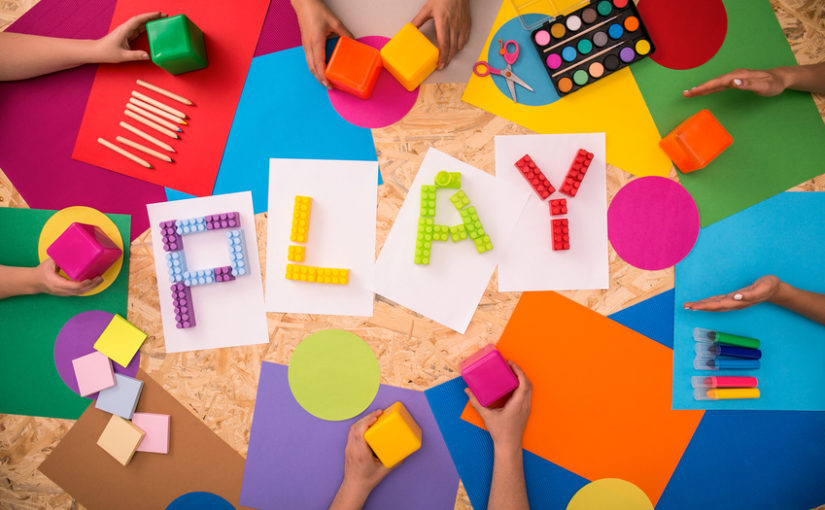American parents undoubtedly feel a lot of pressure to choose the right preschool. But knowing when to start researching or when to tour a preschool isn’t the same for every family. Nor is the “correct” age to start attending preschool. Each child has different abilities and different needs, making these decisions immensely personal — and often confusing. In today’s post, we’re sharing some tips that can help guide parents in the right direction and ensure their children feel ready once they get in the preschool classroom.
When to Start Looking at Local Preschool Programs
Some parents start conducting research or will even tour a preschool very early on in the process. In extreme cases, parents might have their sights set on a competitive preschool program from the time of their child’s birth or early in their infancy. That’s not typically necessary, however. Most experts agree that you can begin your preschool search at the start of the year during which your child will turn three. The exact time does depend a bit on the type of preschool you’re looking for and the individual school’s policies pertaining to age of enrollment. But if you want to enroll your child when they’re three years old, you’ll want to start looking at least eight months to a year prior to when school will begin. Once you narrow down your initial research, you can tour a preschool (or several) on your list and begin the applications process.
How to Assess Whether Your Child is Ready For Preschool
Preschool readiness looks different for every child, but there are some requirements for preschool of which parents must be aware. Your child will likely need to be potty trained and preschoolers will fare much better in preschool if they are able to listen to and follow directions and can express themselves in ways that are easily understood by adults outside of the home. You’ll also need to assess whether your child has the physical and emotional capability for preschool; while 51% of three- to five-year-olds who attended preschool in 2015 were enrolled in full-day programs, children who still require two naps per day probably need to hold off another year before attending school. Your child should also show some promise of independence and should be able to be separated from you (at play dates or at a relative’s house) for a considerable amount of time. If your child isn’t able to do much without constant direction from a trusted adult or spends the entire day without you in tears, it might be best to consider waiting until they display more signs that they’re ready for this adjustment.
How to Help Your Preschooler Prepare at Home
Once you tour a preschool, decide on that choice, and decide your child is ready to make that transition, you’ll still need to help your little one prepare for the journey. In the months and weeks leading up to their first day of preschool, you can ease them into their new routine by giving them a preview of what it’ll be like to be out of the house and in a new environment all day.
You might sign them up for a fun class at the library or may get them used to getting up early, eating breakfast, and getting ready for a day out. You can read lots of books together (especially about going to school for the first time!), go to the school to meet their teacher and explore the space, and get to know some of the other children who will be attending school with your own. Be sure to encourage their independence and to give them a little bit of space so they can practice what that’ll be like.
Don’t be discouraged if it still takes your child a while to get the hang of things; change is never easy, even for adults! If you give them lots of encouragement, support, and love, they’ll prove just how resilient and adaptable they are.
We hope this post puts your mind at ease about preschool preparation. To learn more about our preschool programs and how they can help set your child up for lifelong success, please contact us today.



